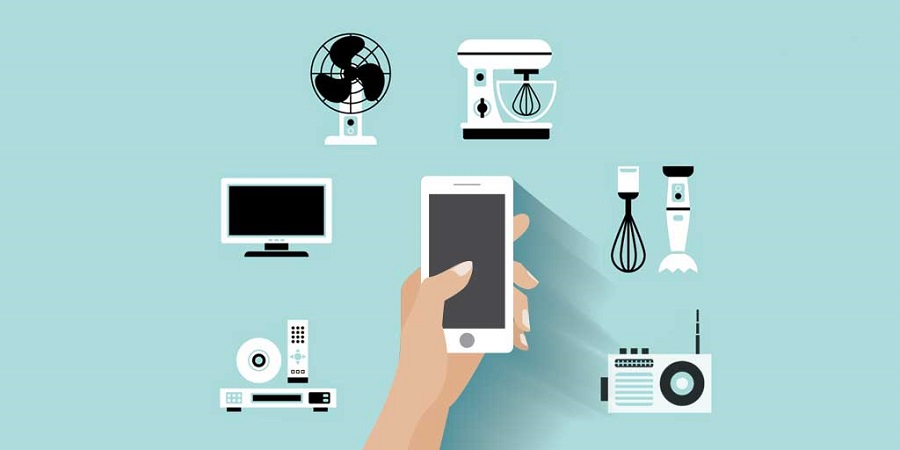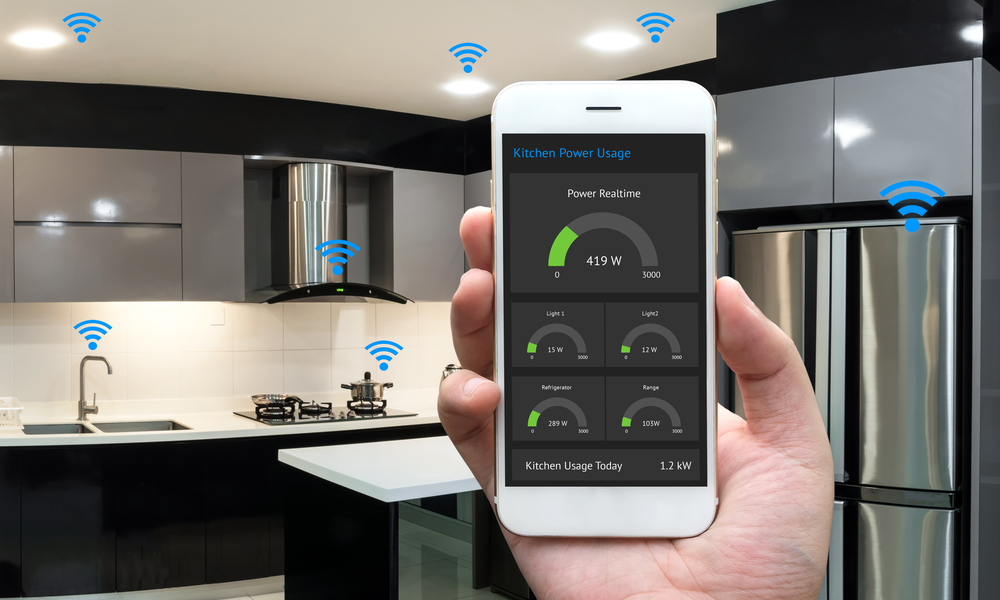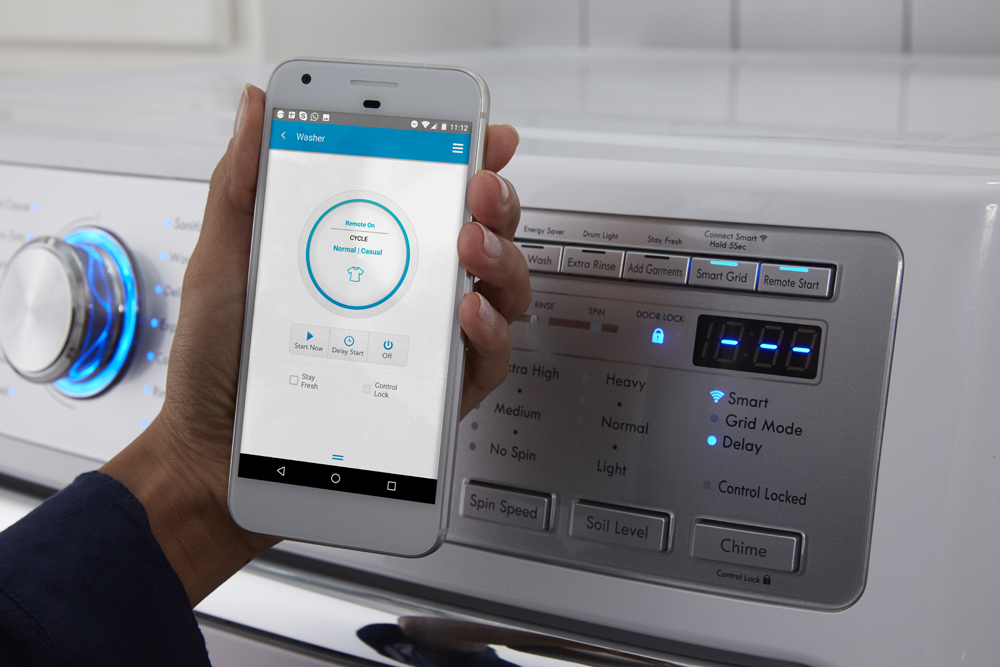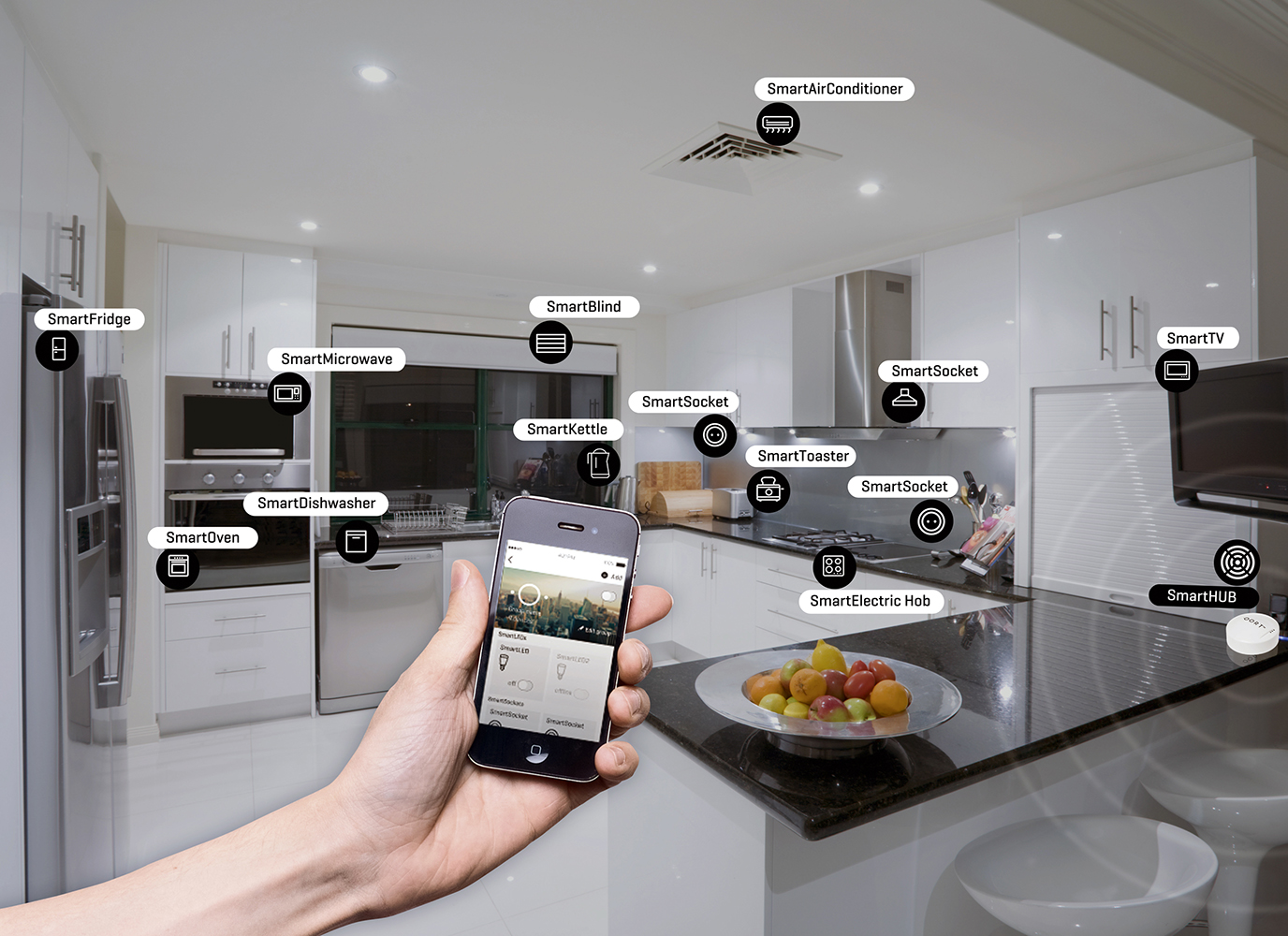Smart home appliances are specialized equipment programmed to run from a central system. Any domestic device can be a smart appliance, and though they’re not cheap, many times they can be leased instead of bought in order to cut down on the price. Plus, they are sometimes hooked up to the manufacturer as well, so when the oven goes on the fritz you can get an immediate notice of the problem and estimate of the repair. The real beauty is that you gain more control but giving up control. In other words, this technology is convenient because smart homes think for themselves.


They can sense an electrical surge and can shut off their own power. The can sense a water failure and turn off the mains. They know when they need defrosting, they know how long to cook your meals (some microwaves can read scan-bars on food items and set their own timers), and some can even keep track of expiration dates or can create recipes based on the ingredients in the cupboard. Your house will know when it’s raining and close the windows for you, even while you’re away. But the most fascinating aspect of smart homes is that the possibilities are completely limitless because you can now actually communicate with your house.
The real convenience, though, is the peace of mind this provides. What if you could monitor your house from afar? Did you leave that burner on? Check the internet once you get to work and tell the stove to turn itself off. Or monitor the temperature from the office; then on your way home, e-mail or text message your house to turn on the furnace. If you’re out of town, you can even turn your lights on and off to ward off prowlers, or arm your burglar alarm from across the country. Or set up some cameras and watch your house at any computer terminal



